japanese culture
now browsing by tag
Kimono Patterns – Asanoha 麻の葉

Asanoha is one of my favorite kimono patterns. Especially when I see it done in Sashiko 刺し子 (Japanese embroidery) with a crisp white silk thread against an indigo background. Although it is equally beautiful as a subtle under pattern to a yuzen 友禅染 (resist paste dyeing technique) design.
Let’s take a look at this kimono pattern…
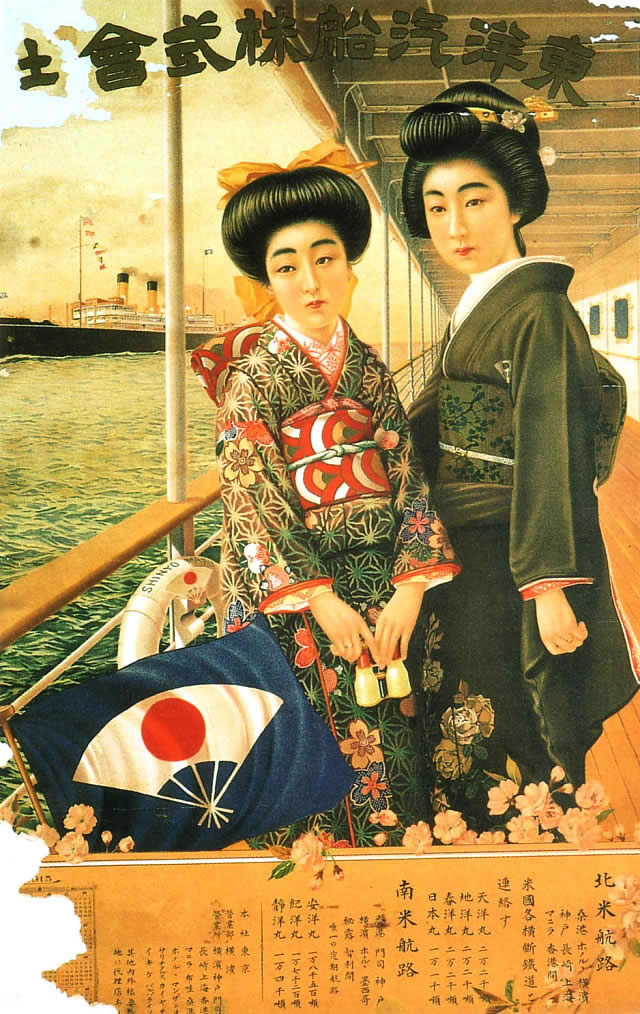
The Pattern of Asanoha 麻の葉 represents hemp leaves. It’s a pattern that has been used to decorate Buddhist statues since the Heian period 平安時代 (794 – 1185) .
“Asa” means hemp and “ha” means leaf. The design has 6 diamonds radiating from a center point (Although most hemp leaves have 5-7 leaves). Hemp was a very important plant in Japan as it was the primary fiber used in clothing along with silk until cotton was cultivated in the Sengoku period 戦国時代 (1467 to 1615). Most original yukata 浴衣 (summer kimono) and underclothing were made of hemp or silk.
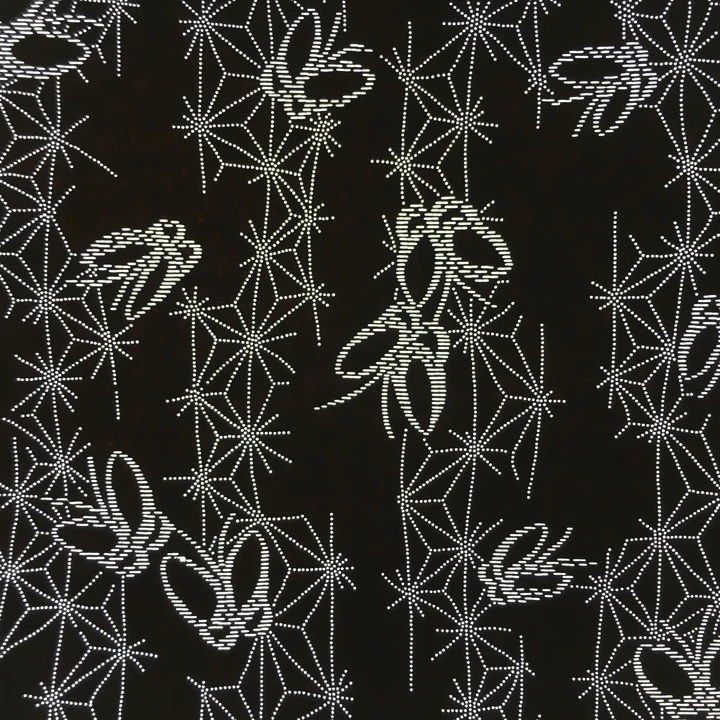
Hemp grows quickly, does not need much care and is durable so it is often used in young children and baby clothes in the hope that they will grow strong and healthy
This design was particularly popular during the Edo period 江戸時代 (1603-1868), when it was promoted by Iwai Hanshirou 岩井半四郎 (1776-1847)
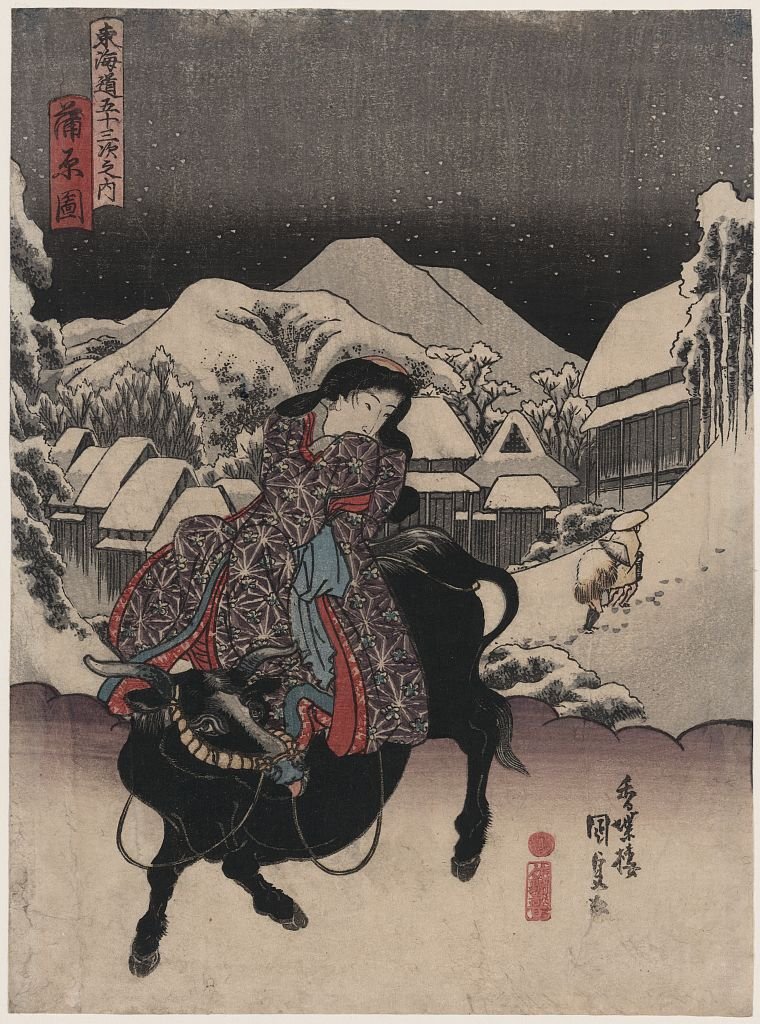
White Day in Japan
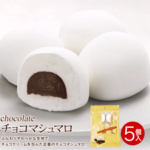
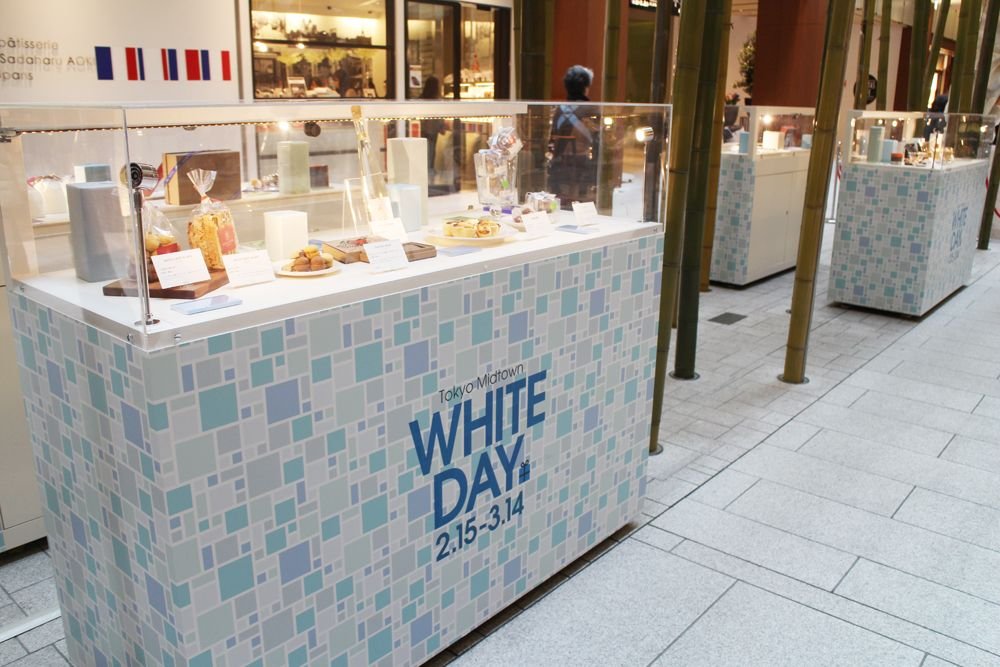
Copyright Japan Today
Japan has had a unique way of celebrating Valentine’s Day since it arrived in the late 1950s. Unlike America where it is a general romantic day for both sexes marked by roses, boxes of heart shaped chocolates and expensive dinners, in Japan it is a day exclusively for women to show their affections for the men in their lives by giving them chocolates.
It does not necessarily have to be romantic in nature, in fact, you are expected to give chocolate to friends and co-workers as well. Referred to as giri-choco (obligation chocolates). Although home made chocolate (honmei choco) and expensive boxes are reserved for your husband, boyfriend or the man whose affection you are seeking.
I have an entire post about Valentine’s Day here.
Today we are talking about a holiday unique to Asia that began in Japan in the late 1970s called White Day. It occurs on March 14th and is for the men to reciprocate to the women in their lives with a gift worth more than what they were given on Valentine’s Day.
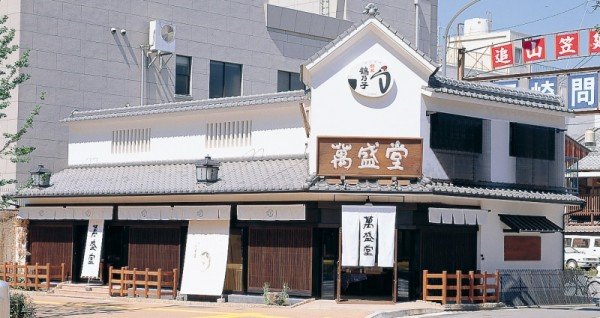
Copyright ishimura.co.jp
The generally accepted beginning of the holiday, according to the United States Department of Commerce, starts with confectionary shop Ishimura Manseido (石村萬盛堂) in the Hakata region of Fukuoka.
Founded in 1905, the shop specializes in marshmallows. Especially a product called Tsurunoka, a sweet yellow bean paste filled marshmallow. But for White Day they swapped out the bean paste for chocolate and with the slogan “I would like to take the chocolate I received from you, and wrap it with my white heart” the first “Marshmallow Day” (マシュマロデー) was held in 1977.
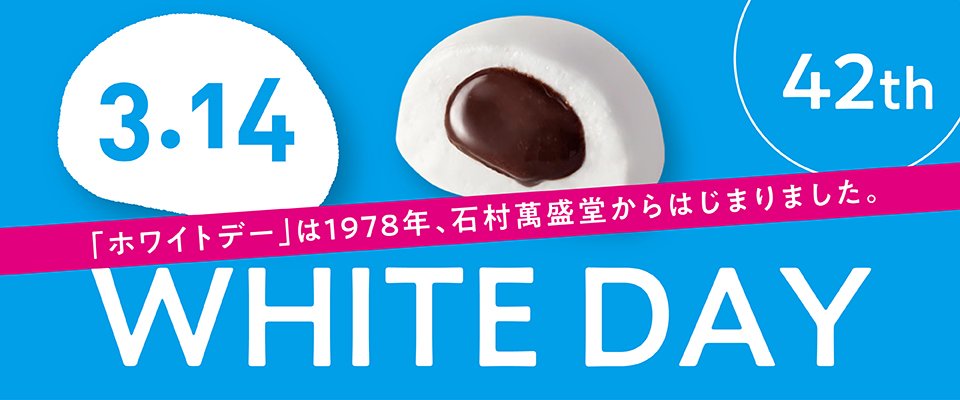
Marshmallow Day didn’t catch on however until the National Confectionery Industry Association (全国飴菓子工業協同組合) established it as White Day, an “answer day” or “reply day” to Valentine’s Day in 1978 with the catchphrase “White Day is a sweet day.”
On White Day a man is expected to reciprocate the gifts he was given on Valentine’s Day 3 or 4 fold. Like Valentine’s Day these gifts do not have to be romantic in nature. While they are often a white chocolate or marshmallow gift it can be everything from sweets to clothing and jewelry. A popular gift today is pudding (or purin プリン) bought from famous shops.
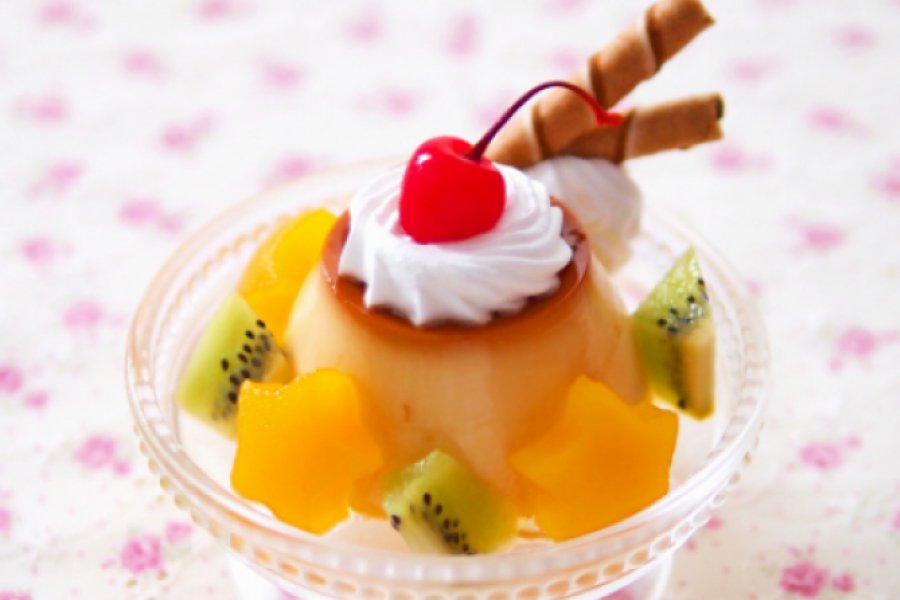
https://recipe.monteur.co.jp/
According to Kaori Ishida from The Japan Times “Most women know which shop carries the best pudding and it goes without saying that the packaging must be Instagrammable. Bonus points if the guy got in line to purchase the pudding. Extra bonus points if the guy took a selfie of himself waiting in line, and then sent it to his girlfriend whereupon she can post that on Instagram as evidence of how much he loves her.
This March 14th whether the gift you receive is big or small, Instagrammable or not, today maybe you might buy someone a pudding, white chocolate or even a marshmallow treat for that tiny shop in Fukuoka who started a cultural phenomenon now celebrated throughout Asia and the world.
Sailor Moon 28th Anniversary

March 7th marked the 28th anniversary of Sailor Moon’s debut on Asahi Television. It aired at 7pm on Saturday nights
In honor of the anniversary here are a few pics of Sailor Moon and scouts in kimono!
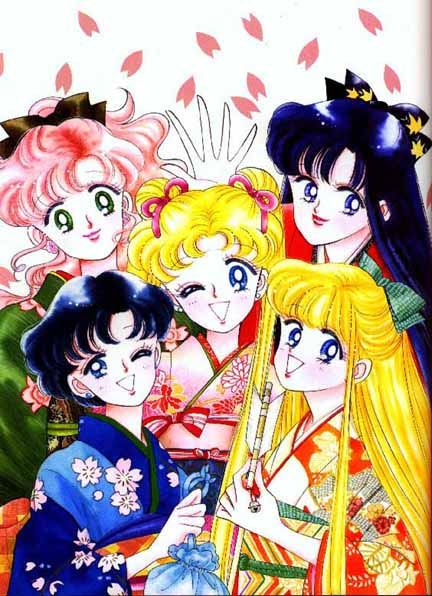
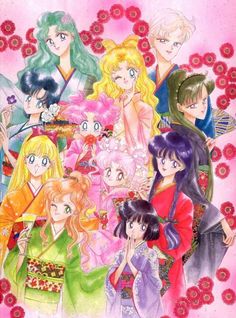
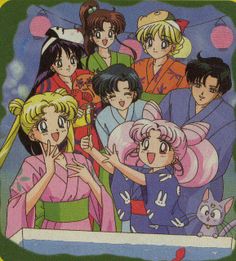
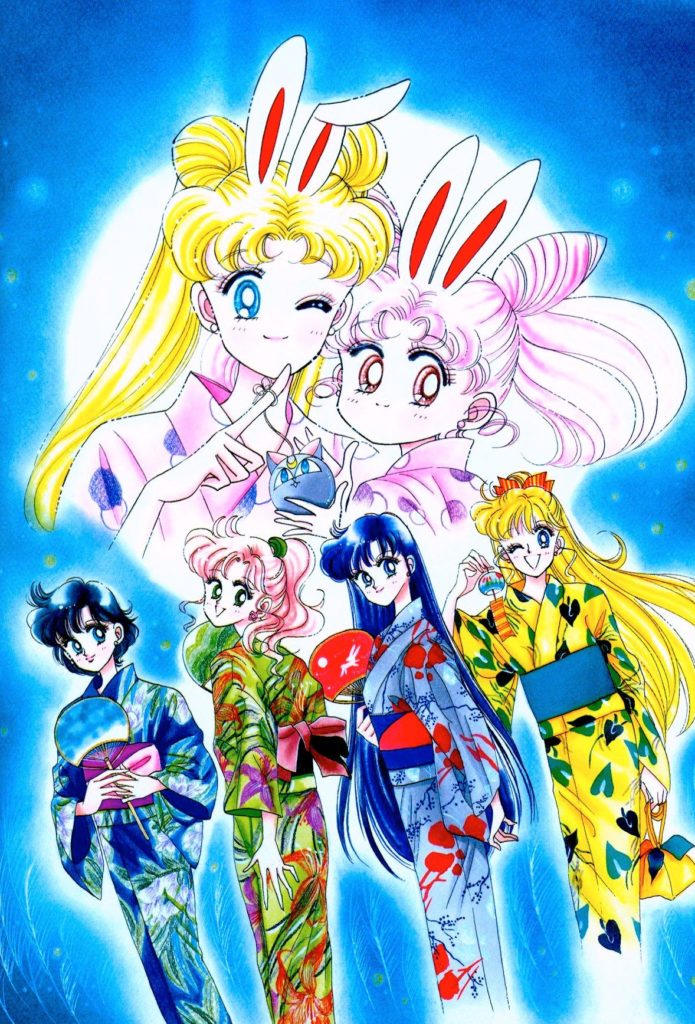
Hina Matsuri/Momo no Sekku
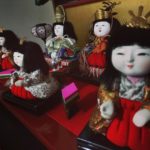
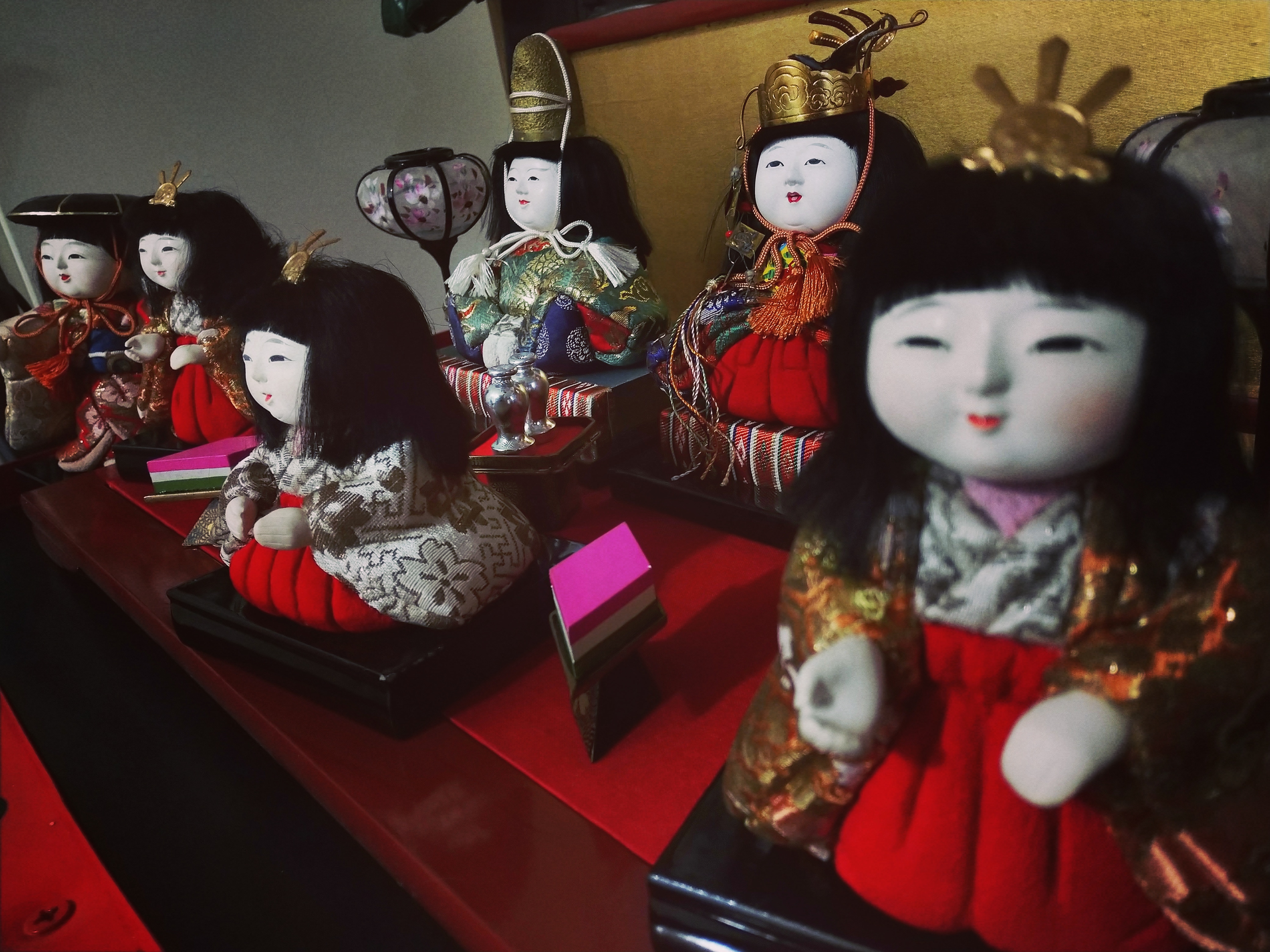
Hina Matsuri snuck up on me this year. There has been so much going on! So I admit this is a bit late!
Hina Matsuri (aka Girl’s Day aka Peach Blossom festival) happens every year on March 3rd.
Peach Blossoms have long been associated with girls because of their pretty and dainty appearance and it is a day for families to celebrate their daughters and wish them healthy, happy and prosperous lives.

Families with little girls begin the preparations for these festivities weeks in advance when Hina Dolls are brought out of storage and placed on display in the middle of February.
Although some families may display only one or two dolls most people are familiar with the elaborate displays of multi-tiered platforms covered in red and gold with a full court of royal dolls dressed in the elaborate kimono of the Heian Era. Accessories can include miniature food, furniture, animals, lamps and very often, peach blossoms.
While these sets are traditionally family heirlooms they can now be bought with a more modern twist to the dolls costumes.
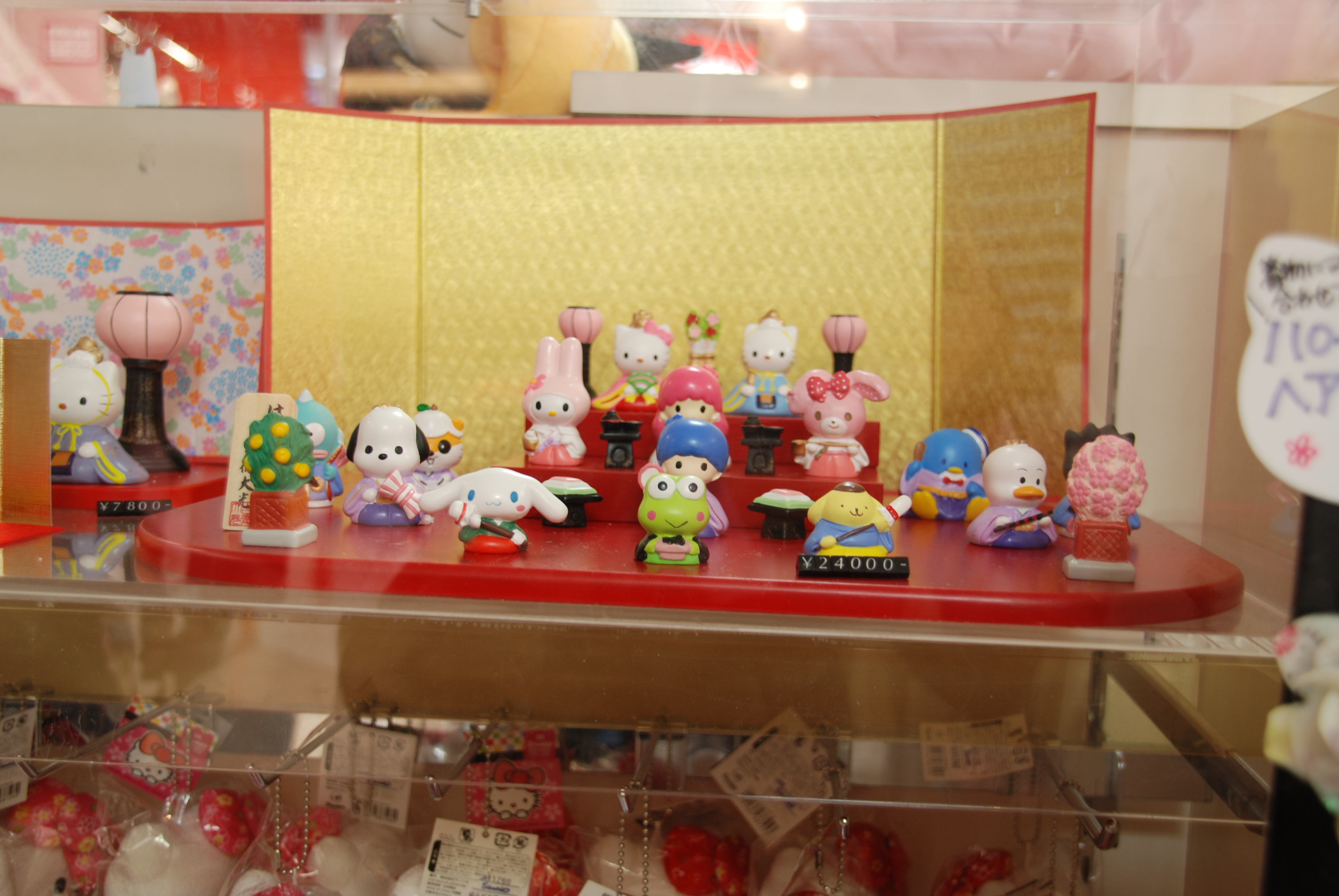
Hina Matsuri dates back over 1000 years and is believed to have originated from the Chinese tradition in which you transferred your misfortunes to the dolls and then released them to the rivers to send the bad luck away. At the time the dolls were made of straw or paper not porcelain.
In some rural areas of Japan, you can still find this custom, called hina-okuri or nagashi-bina, in which people float paper dolls down the rivers.
According to Wikipedia:
“The earliest record of displaying the dolls as part of the Peach Festival comes from 1625, for Emperor Go-Mizunoo’s daughter Oki-ko. Imperial court ladies set up equipment for her to engage in doll play (雛遊び, hina asobi). After Oki-ko succeeded her father as the Empress Meishō, Hinamatsuri legally became the name of the holiday in 1687.”
Special food and treats are also eaten at this time, dyed in the colors of spring and the peach blossom, which blooms a vivid pink.
The one that is most well known though is Hishi Mochi – a tri-coloured sweet in the colors of the festival. Pink for the peach blossom, white for snow and green for the coming spring. A Hina Ningyo (Hina doll) set will almost always include a representation of this amongst the dolls.

Shirozake a sweet white rice fermented drink representing purity and Hina Arare a crispy Rice snacks also in pink, white and green and dusted with sugar are also popular treats.
The day after the festivities the dolls must be returned to storage or it is believed your daughter will have a delayed marriage. Though some larger hotel and department store displays remain up til the 6th or 7th.
Cleaning My White Juban and Kimono 私の白いジュバンと着物を洗う
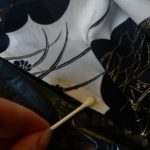
Cleaning your precious kimono is never a light undertaking. What is it made of? What kind of stain is it? How long has the stain been there? Is there someone in town that knows how to clean kimono? Can I afford to have it cleaned professionally? Do I want to take it completely apart to clean it or spot clean it?
This and many other questions such as “Why?? Why do I own so many kimono and how is it I never noticed that stain before??” may cross your mind.
A conversation with a friend brought forward some great info – One of her aunts used to clean and restore silk clothing and she had some advice for a mixture that her aunt used.
Lemon juice, water and sunshine.
Unfortunately her aunt never told her the exact measurements of the mixture she used.
Knowing what the ingredients are to a recipe doesn’t mean you’re going to get a cake at the end.
WARNING/Disclaimer – This is my own experimentation with spot cleaning kimono and juban. Please make note that so far I have only worked on white or ivory areas of a kimono. I have not tried to remove stains from a dark kimono!
Self cleaning is not without it’s ups, downs and unexpecteds, and you have to be keeping a close eye on your clothes to catch anything you didn’t expect to happen – see my notes below.
If you choose to try my mixture you do it at your own peril.
So on to the experimentation!
I began first with a Polyester Juban that I had picked apart. I wasn’t worried if there was any damage to it or spots left after the treatment because I figured I’d cover the ones on the collar with a han’eri anyway.and the hem ones would disappear when I shortened it.
That is what I tried first.
Online I found a recipe for a 1-1-1 mixture of lemon juice, water and baking soda.
NOTE: I have heard more than once that fresh squeezed lemon juice is the best. I have not experimented with any bottled lemon juice.
The baking soda will bubble when it hits the lemon juice and then eventually settles to the bottom, so make sure to stir each time you go to apply.
I applied the juice mixture to the hem of my juban with a Qtip. Trying to keep the moisture as concentrated on the exact spots as possible, which as it turns out is almost impossible, but you can get close. Then I set it out in the sun to dry, my friend’s aunt emphasized that setting it in direct sunlight was very important. This first time I only let it dry in the sun for about 15 minutes because I noticed a horrible “Wet stain” appearing on the material.
So next I took it in to the tub and I used a natural castile soap, a soft horse hair brush (I had recently seen a kimono cleaner on Instagram using a soft horse hair brush to scrub kimono), and cool water (Don’t use hot water, it’s likely to set the stain and/or damage the fabric fibers). I scrubbed gently a few minutes on both sides of the juban. Attacking the stain from both sides seems to work best, although this will not always be possible, such as an awase kimono. Now rinse.
The “wet stain” disappeared and to my delight the stains were much lighter than before.
I repeated the process and ended up with stains so very pale that the camera couldn’t pick it up and a friend had to really search on the fabric to find the ones at the hem.
But I am a perfectionist and pale stains still weren’t good enough.
So the next day I tried a slightly different approach. I used a bit more lemon juice this time.
3 TBSPs Lemon juice
2 TBSPs water
2 tsps baking soda
I let the garment sit in the sun for much longer, about an hour, before rinsing it with castile soap.
Very high tech. My poor juban is laying on a plastic trash bag while the part that needs to be in the sunshine is draped across a bucket with a plastic cutting board on it to give it a flat surface. (Where there’s a will there is a way!)
And VOILA the stains completely disappeared!
Now it was truly time to be ambitious! Silk.
I pulled out a vintage silk autumn kimono I had just received from Japan. It was mainly ivory with a black and gold kyo-yuzen design. There were only a few stains on it. Two on the collar and one at the right seam – below where the ohashori would hide it.
I pulled out the 3TBSP Lemon Juice, 2 TBSP water and 2 tsp Baking soda mixture and used it.
For the spots on the collar I washed it first with the castile soap and set it out to dry.
That didn’t seem to make any difference at all in the stains, so after 40 minutes of letting it dry outside I went and applied the Lemon juice mixture with a Qtip as I had before and let it sit for another 45 min in the sunlight.
Then I brought it in and washed it, gently scrubbing with the horse hair brush. The stains were definitely lighter!! So I let it sit in the sunshine until it was dry and applied the lemon juice again to the collars and to the stain on the seam and let it sit in the sunshine for another hour, and again washed/rinsed. The stains on the collar are lighter again, but I’m still going for another round.
The real success story was the stain near the okuni line. One application of lemon juice, one hour of sunshine, and one rinse and it was gone!
Have patience with your kimono. It took me at least 3 applications and 3-5 hours of letting it rest in the sun to get the results that I did. I am sure there are stains that could take longer, just as there are stains that take less time.
NOTE: Be very cautious if you have an awase kimono with a dark lining. I noticed in one area of my silk kimono, when I got it too wet, that the color of the lining was beginning to stain the kimono. Fortunately I caught it quickly, washed with castile soap and scrubbed gently with the brush and air dried it with a fan, which seemed to keep the lining from touching the kimono fabric.
NOTE: I would not try this technique on dark kimonos. Lemon has a bleaching quality and I can tell you that there is one small spot on the black clouds up by the collar stain that I caught beginning to bleach to grey/blue where some lemon juice had gotten on it. I quickly placed a piece of fabric over it to get it out of the sun. In fact if there are large areas of dark in your pattern I would shield that from the sun as much as possible while you work on the stains in the light areas of your kimono.
Obon and Bon Odori 盆踊り

This past weekend was my first time attending an Obon festival and Bon Odori. Obon is a festival with roots reaching back over 500 years in Japan. It’s celebration is centered on honoring one’s ancestors and takes place in July or August depending on whether the region marks the solar or lunar calendar.
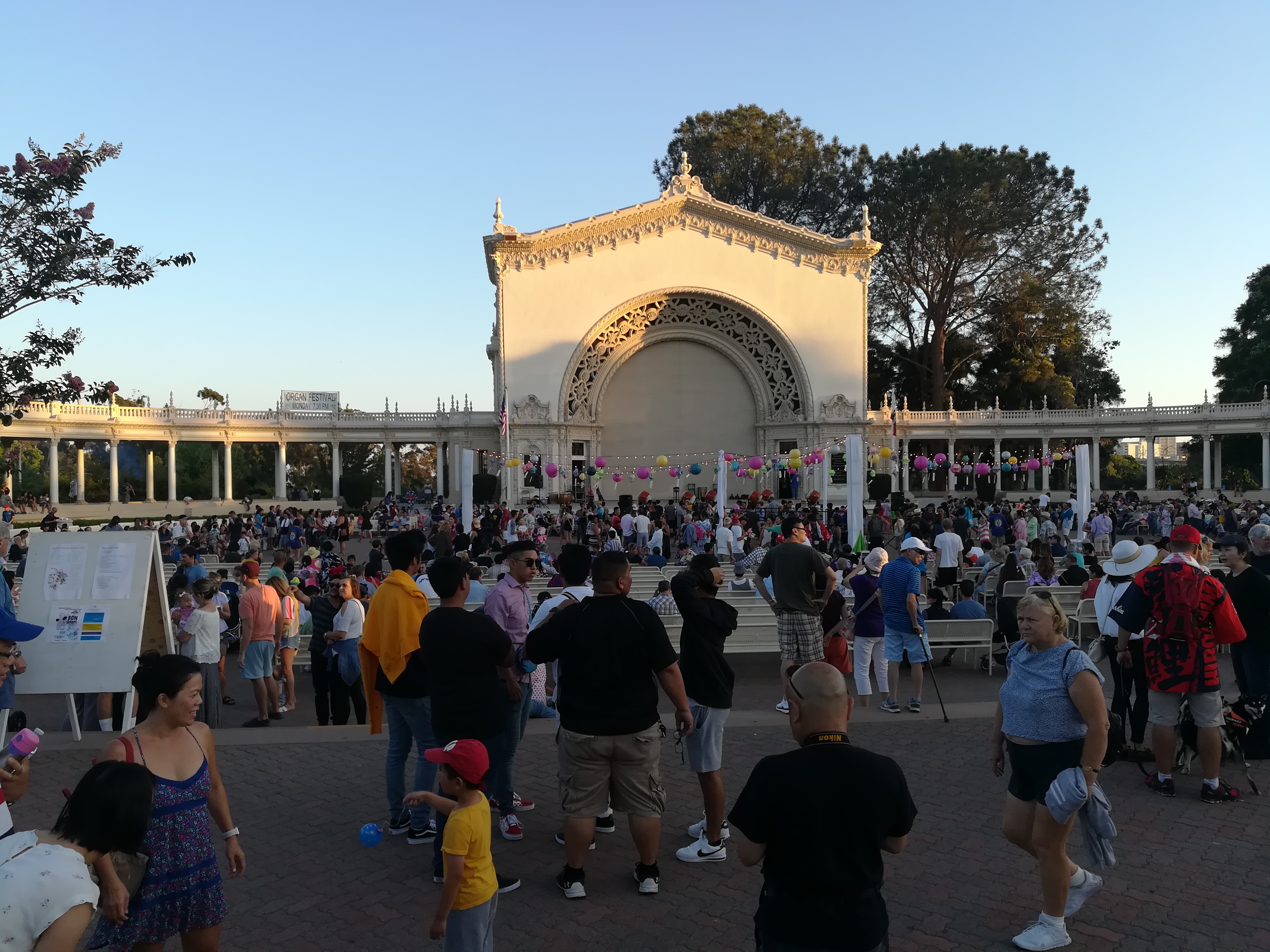
The event was huge in San Diego and took place the weekend of August 6th. Not only did it take over SanKeiEn, the Japanese Friendship Garden there, but also the Organ Pavilion. There were dance presentations and music performances, games, delicious food, vendors of all kinds selling everything from yukata to pottery and antiques, and different societies representing Japanese culture, from the Buddhist Temple to the Shiba Inu club of San Diego.
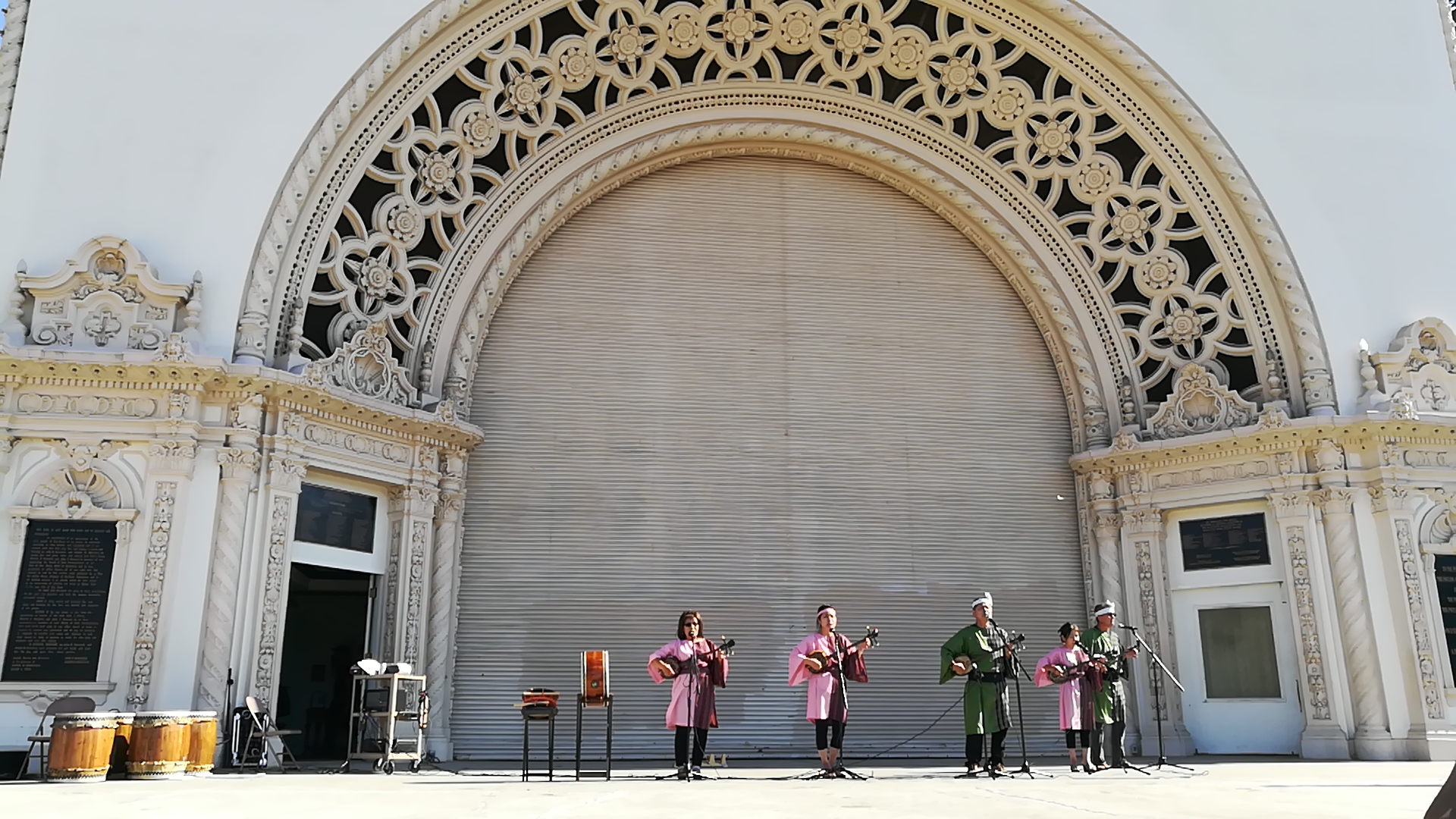 My kitsuke class, whose members also make up the San Diego Kimono Club, was participating by hosting the yukata fashion show. Over 20 women participated each wearing a very different yukata and hanhaba obi with a variety of meanings to them. A family heirloom over 80 years old. A yukata made with traditional Okinawan patterns and techniques. A kimono re-purposed into a modern summer dress. Our youngest member, 10 years old, with her heko obi tied into a bright and beautiful bow.
My kitsuke class, whose members also make up the San Diego Kimono Club, was participating by hosting the yukata fashion show. Over 20 women participated each wearing a very different yukata and hanhaba obi with a variety of meanings to them. A family heirloom over 80 years old. A yukata made with traditional Okinawan patterns and techniques. A kimono re-purposed into a modern summer dress. Our youngest member, 10 years old, with her heko obi tied into a bright and beautiful bow.
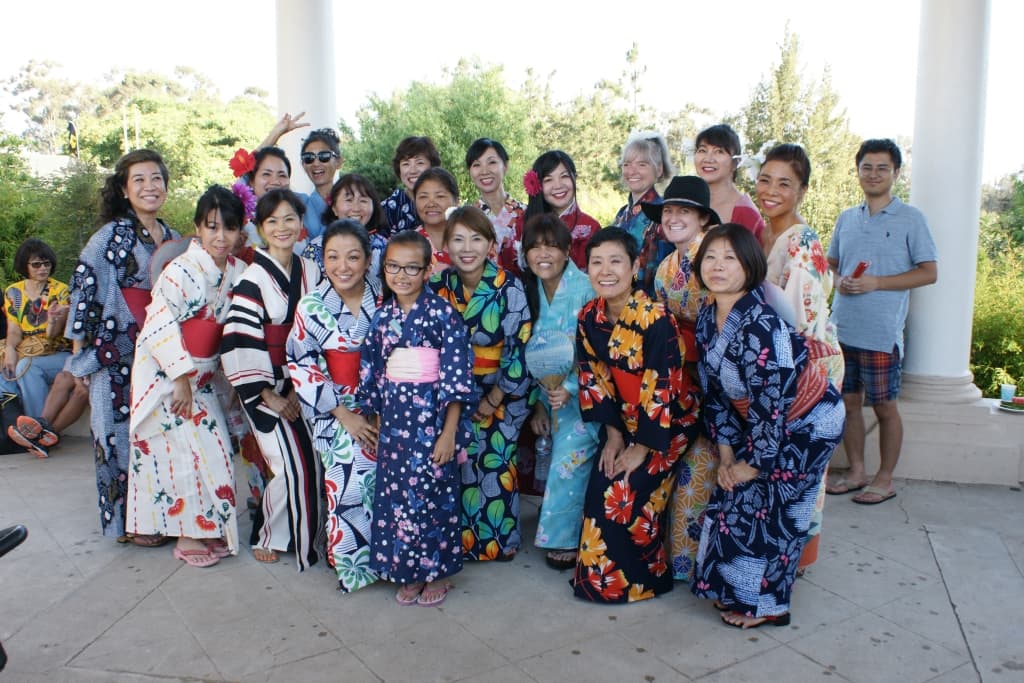
I was originally only going to come to take video and photos of the event because my yukata had somehow managed to find it’s way in to the dryer and had shrunk to the point I couldn’t wear it (yikes!). About 3 days before Obon I remembered that I not only knew how to sew, but I also knew how to sew a yukata. Taking my love of astronomy and NASA as an inspiration I made myself a yukata out of a cotton material with constellations and planets all over it.
After seeing it and finding out that I had made it myself my instructor and the MC encouraged me to join the fashion show as a last minute addition – which caused a bit of a problem as I had worn tennis shoes and did not have a set of geta handy!!
This was solved by my removing my shoes and walking on the stage in my socks. (Which threw the MC off a bit as she had wanted to talk about how modern and fun a yukata could be when paired with something like tennis shoes!)
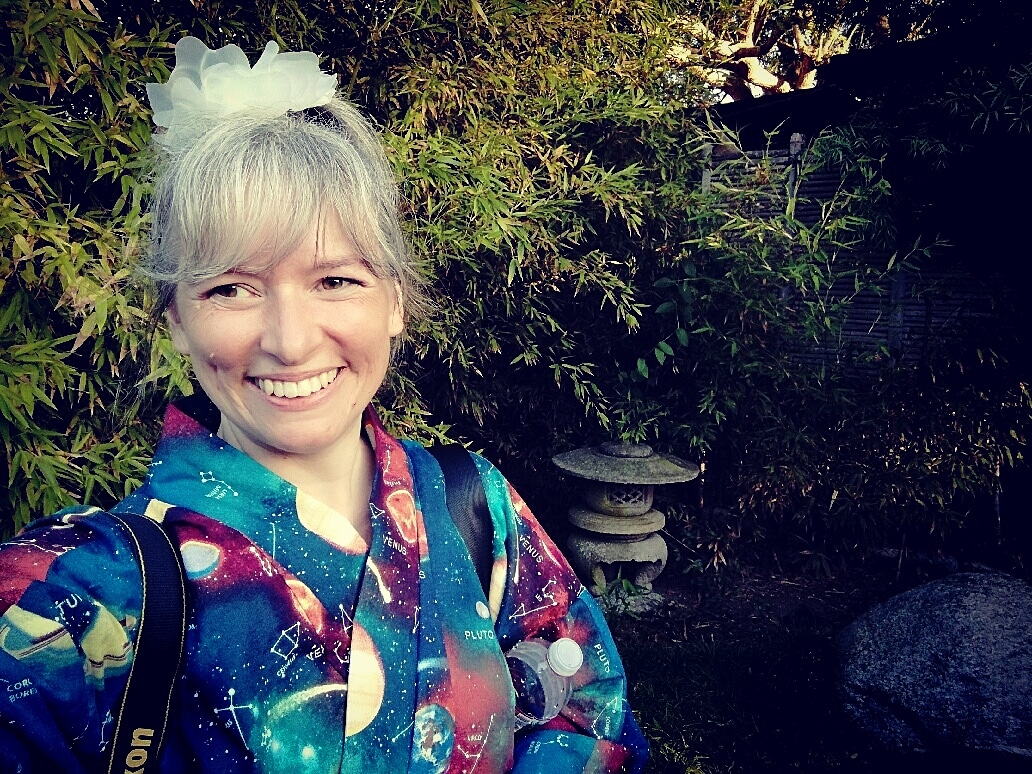
The fashion show we create is always meant to show people how much fun wearing kimono is and ends with a dance to “Boogie Wonderland”. I love that we are showing that while beautiful and traditional wearing kimono is also comfortable and enjoyable!
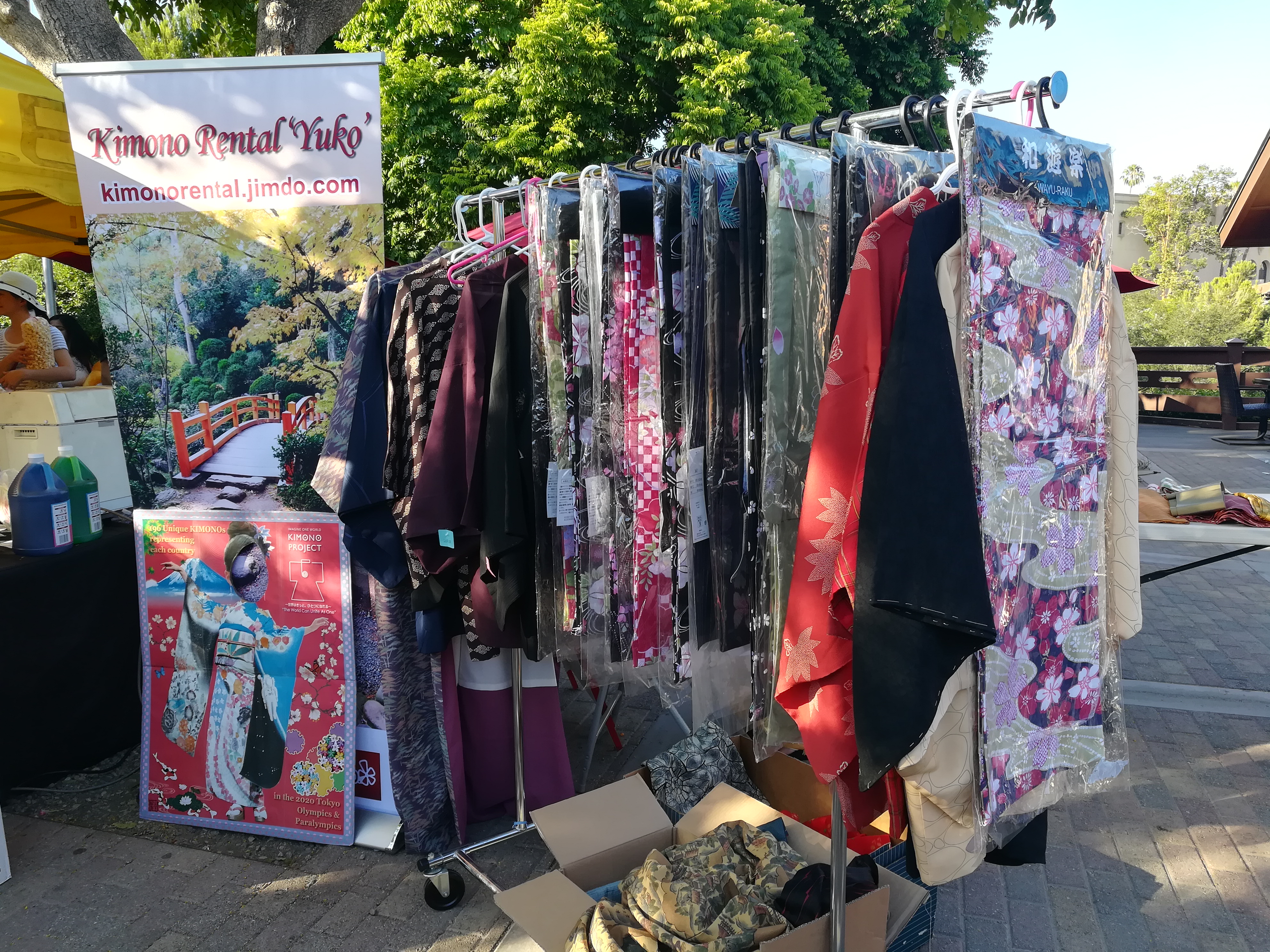
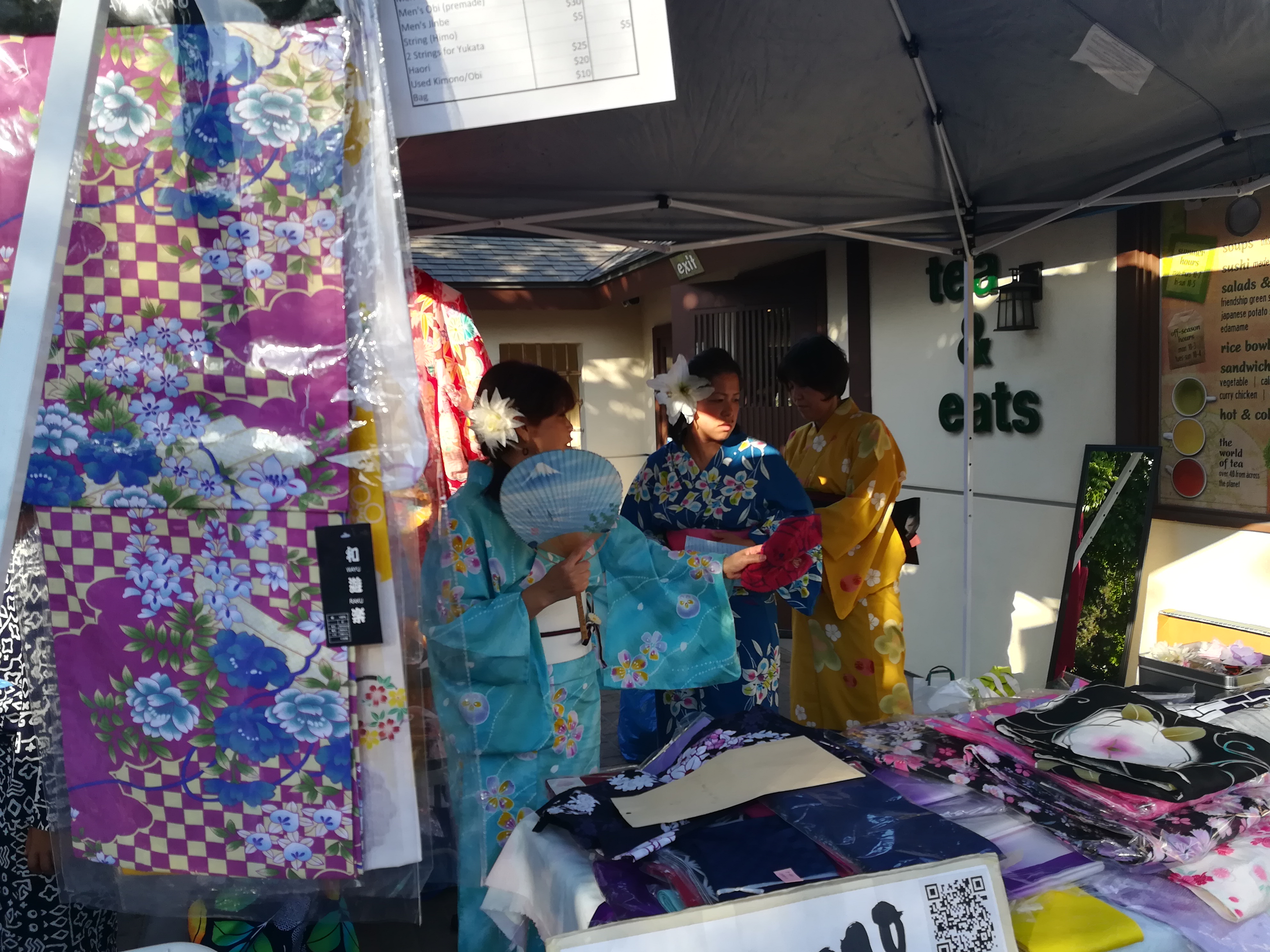
My kimono instructor had her own booth and was selling kimono and dressing people so they could even more enjoy the spirit of the festival. There were so many people in yukata it was wonderful to see!!
To learn more about the tradition of Obon and Bon Odori here are a few links:
https://www.nationalgeographic.com/travel/destinations/asia/japan/summer-obon-festival-of-the-dead/
https://en.wikipedia.org/wiki/Bon_Festivalaq
If you live in the San Diego area and would like to experience renting a kimono to wear for an event or photo shoot please visit my instructor’s page at Kimono Rental Yuko:

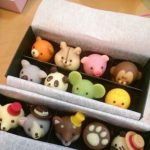
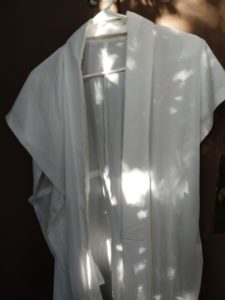
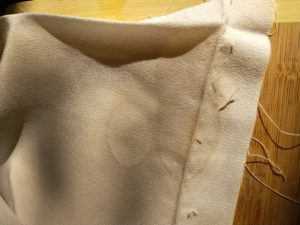
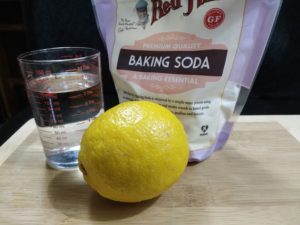
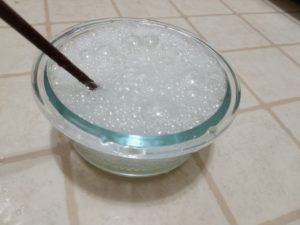
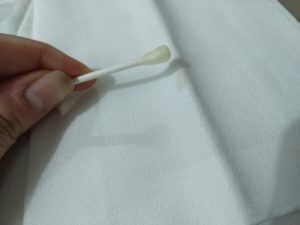
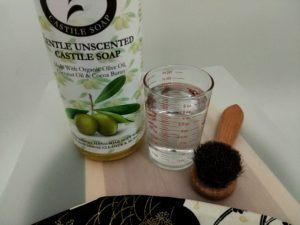
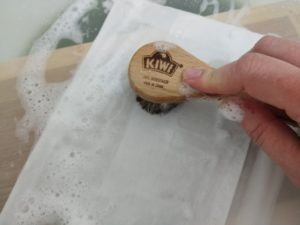
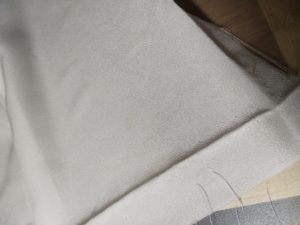
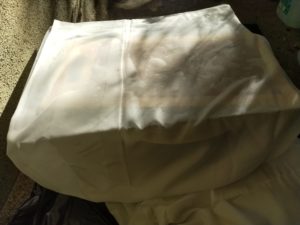
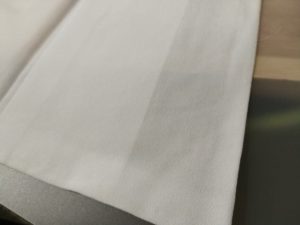
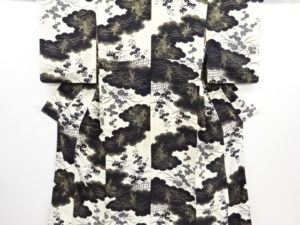
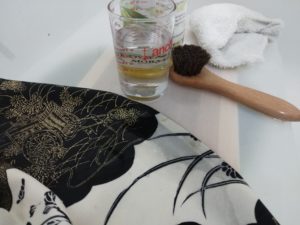
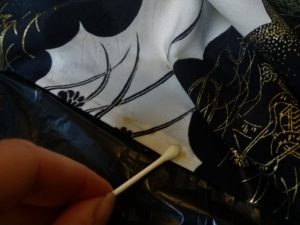
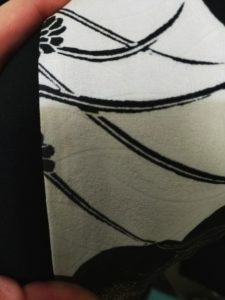
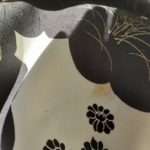
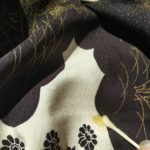

 D5 Creation
D5 Creation